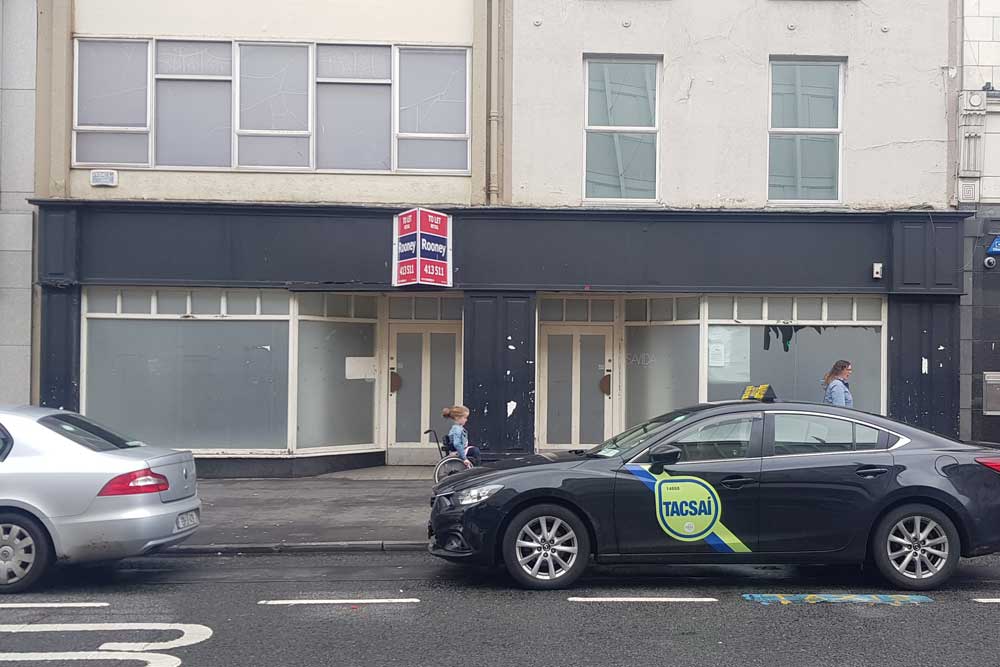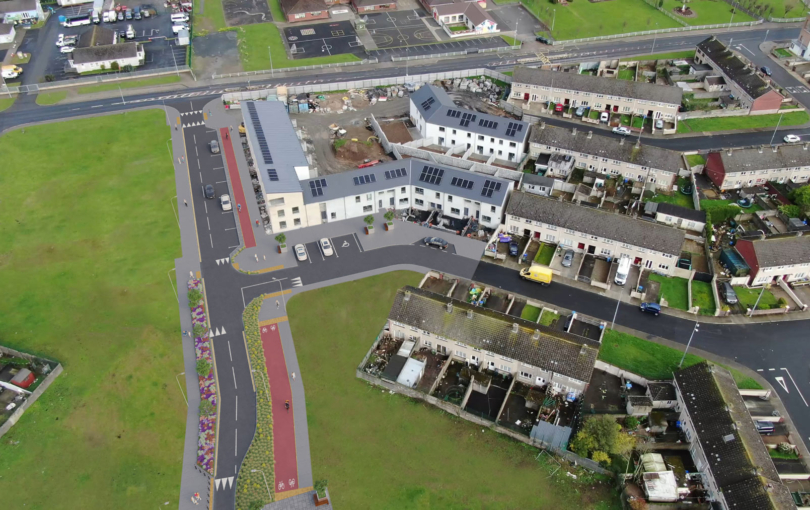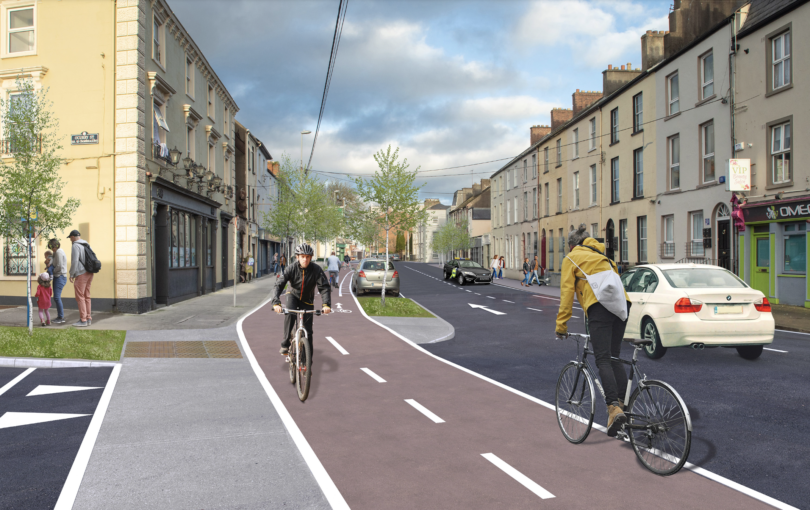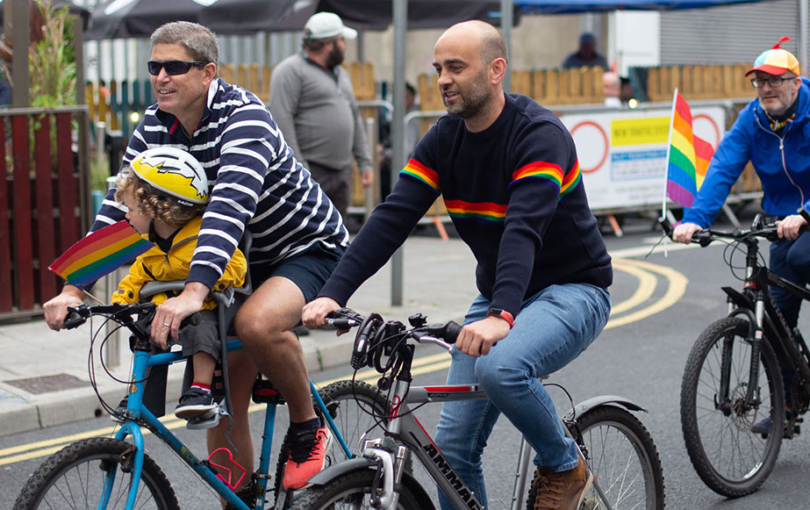Last Christmas Madrid closed its central business district (CBD) to cars for the first time. Many were sceptical of the move and predicted that this would reduce sales in the city centre. In fact it had the opposite effect and according to a study by the Spanish bank BBVA and Madrid city council, it led to a 8.6% increase in retail takings in the CBD compared to only a 3% increase outside the CBD, where no restrictions had been implemented. The motor restrictions were part of a clean air zone initiative that caused a 71% fall in air pollution during the study period.
Since 2015, the Norwegian capital of Oslo had begun planning to make its city centre entirely car-free but there was a backlash from city traders and vehicle owners who said it would create a ‘dead-zone’ in the city centre. The plans were pared back to just removing on-street car parking and replacing it with bike lanes as well as some re-routing of the existing roads to stop traffic passing through the city centre instead of using the ring road. Last autumn, after hundreds of car parking spaces had been removed, the city found that the number of pedestrians had increased by 10% over the previous year. The feared dead zones did not materialise and according to Hanne Marcussen, Oslo’s vice-mayor of urban development, the areas that have been pedestrianised are some of the most popular parts of the city.
In the 1980’s, the traders on Grafton street were very upset with Dublin city council pedestrianising the street, as they thought it would ruin their businesses. As anyone walking down Grafton street today will know, their fears were unfounded
Whenever cities attempt to make changes to the layout of streets by, for example, removing on-street car parking or installing cycling tracks, traders in the areas affected are usually unanimous in their opposition to such changes taking place, citing concerns over loss of business revenue from customers have reduced parking and the delivery of goods to be more problematical. They will almost always lobby the city council to keep things as they are.
For example, during the 1980’s, the traders on Grafton Street were very upset with Dublin City Council pedestrianising the street, as they thought it would ruin their businesses. As anyone walking down Grafton Street today will know, their fears were unfounded. Despite the change, traders on Grafton street and Henry street in Dublin still appear to overestimate the number of shoppers who travel by car (O’Connor et al 2011). The reality is that pedestrians enjoy the calmness of pedestrianised spaces, want to spend more time there and the knock-on effect is that it’s good for business!
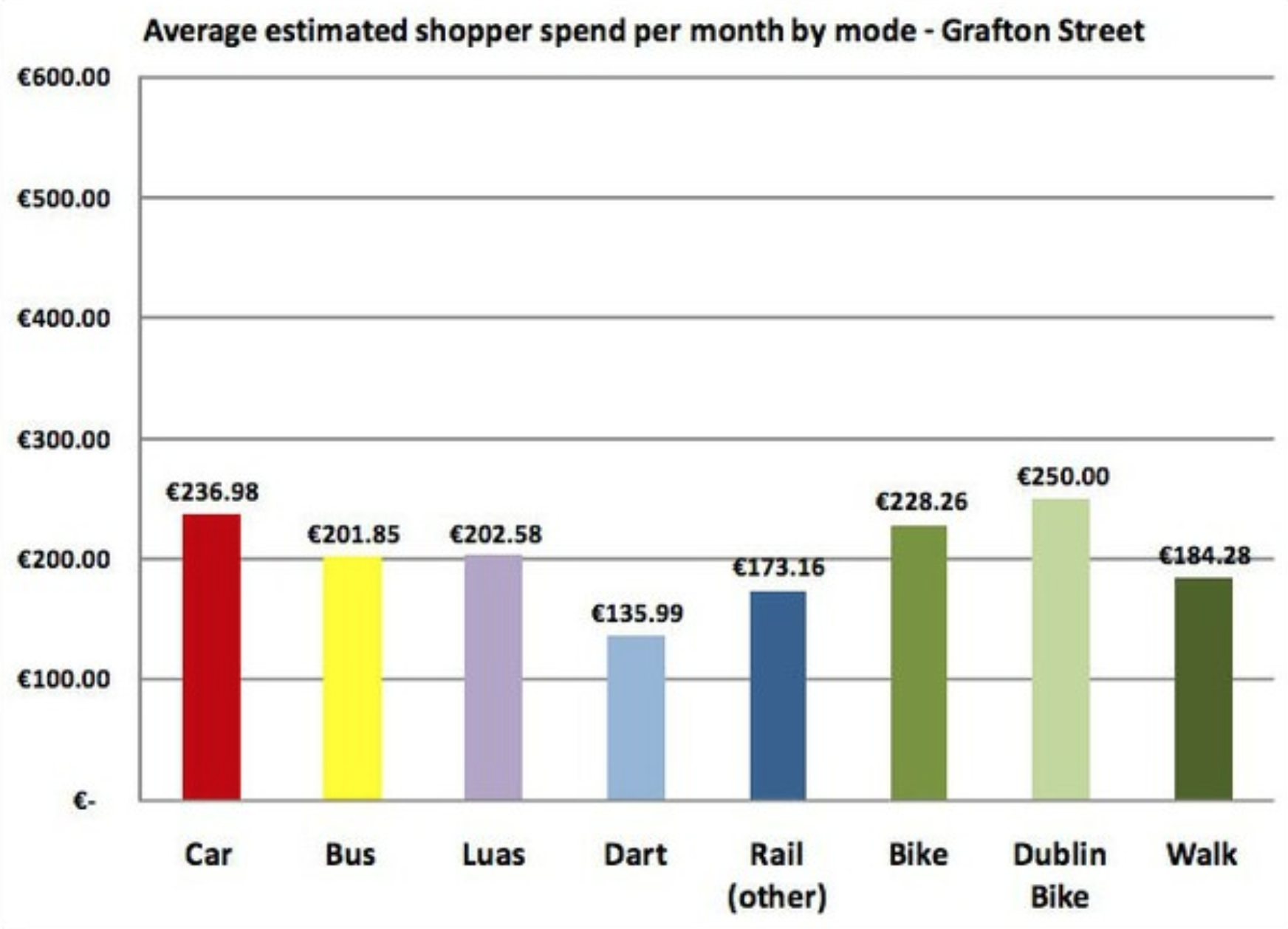
Traders have an understandable fear for their businesses but the effect of reducing access to cars on businesses has been studied many times and the results should reassure them. Cycle infrastructure is more likely to increase business takings than decrease it. People who do not drive are likely to visit more often and spend more over the course of a month.
This article by Citylab shows 12 studies from Ireland, USA, UK, Canada, New Zealand and Austria and shows that the fall in business that traders worry about does not occur.
Cycling and pedestrian infrastructure improvements (usually involving the removal of on-street car parking):
- Increases retail spend
- Attracts businesses and employees
- Reduces vacancies, and
- Reduces costs to the economy caused by congestion
See here for more details
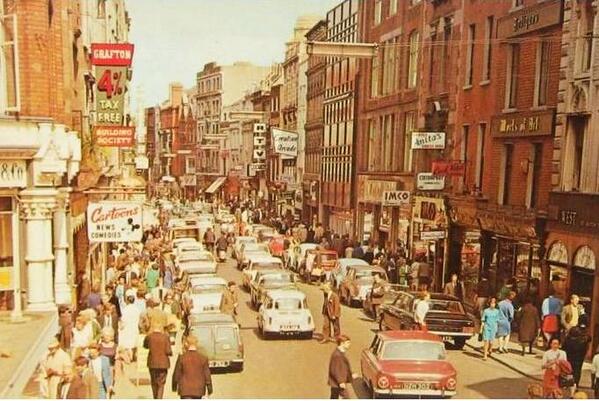
Grafton Street Prior to pedestrianisation
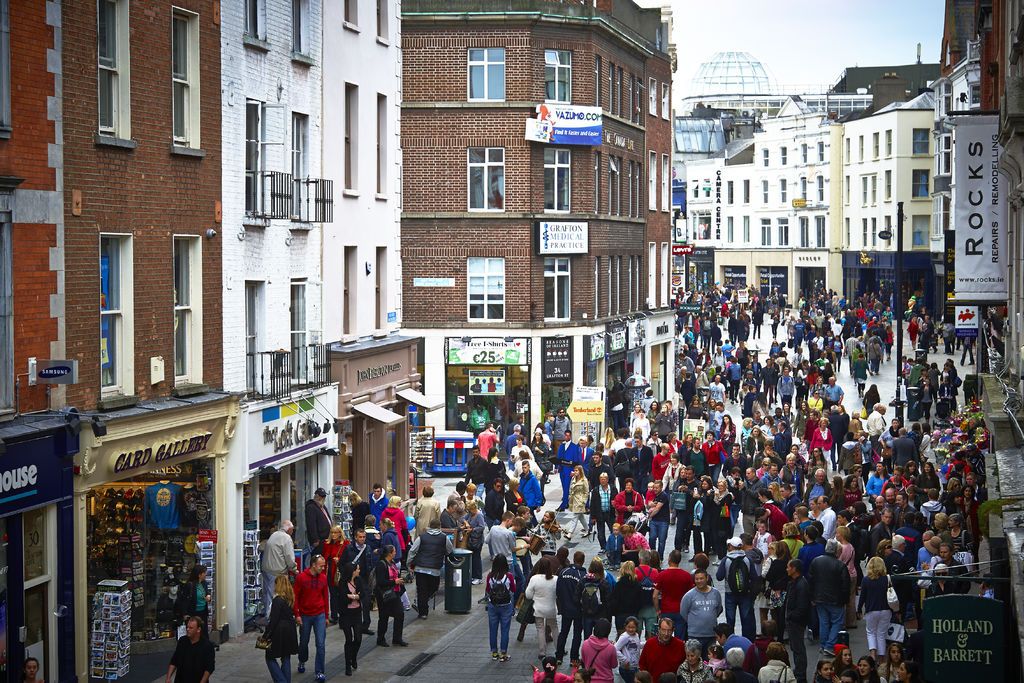
Grafton Street today
MYTH: On street car parking = good for business
TRUTH: Accessibility = good for business
In fact relying on a car driver being able to park outside the business is not sustainable for city centre traders. On-street car parking really limits how many customers can access the business. If there are no free spots then drivers cannot access the business. Giving customers other ways of accessing the shop or business means that trading can still be brisk even where the parking is full or the road is congested. As removing on-street car parking frees up space to widen footpaths or put in bike tracks which allow far more people to access the shops than the few drivers who could park. For example, the whole length of O’Connell Street in Limerick only fits about 80 cars. If these cars only stay 2 hours this only allows 320 cars to park on-street. This is not enough to sustain an entire city centre street. It is a very inefficient use of prime city centre real estate to have people store their cars there.
MYTH: More cars = good for business
TRUTH: More people = good for business
This is only true if the car drivers are stopping and shopping. Currently a lot of traffic in the city centre is through traffic, for example going from Raheen to Castletroy and vice versa, which literally has no business being in the city centre. Allowing through traffic to flow through the centre makes it a polluted congested noisy place without any economic benefits.
Limerick City must morph into a pleasant place to go and for people to meet and hang out and visit shops along with restaurants, cafes and perhaps a couple of pocket parks and playgrounds.
MYTH: Free parking in the city centre will improve business
TRUTH: The city centre has to be a pleasant place to visit to compete
High streets and city centres in the UK and Ireland are struggling. Even some shopping centres are struggling to survive and both have problems with high vacancy rates. The solution for both is for customers to have a pleasant experience. The experience in Limerick City Centre is not as pleasant as it should be, It is noisy, congested and dominated by fast-moving car traffic. It is not a green or calm place where you would want to spend your time.
At a time when online shopping and out-of-town shopping centres are available, a city centre has to have something different to entice people into it. It cannot compete with free parking, for example, The Crescent Shopping Centre already offers that along with warmth and rain protection and a playground, cinema and library.
The City must morph into a pleasant place for people to meet and hang out and visit shops along with restaurants, cafes and perhaps a couple of pocket parks and playgrounds for those with small children. Limerick City is not just about commerce, It’s also about culture and social interactions, it’s the hearth of our community. We need to design our public realm to support and enrich our culture. Wherever there is culture there is opportunity.
